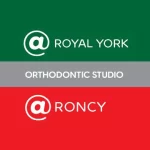

What are retainers?
Retainers are custom-made oral appliances typically made of plastic or metal that fit over the teeth and in the mouth. They prevent teeth from shifting back to their original misaligned positions, ensuring the stability of the newly achieved alignment.
Why are retainers important?
Maintaining the results of orthodontic treatment
Retainers are essential for maintaining the results achieved through orthodontic treatment. After removing braces or aligners, the teeth may tend to shift back to their original positions. Wearing retainers as instructed by your orthodontist ensures that your teeth settle into their new placement, reducing the risk of relapse.
Preventing teeth from shifting back
Teeth naturally shift throughout our lives due to age, genetics, and the forces exerted during chewing and speaking. Retainers act as a safeguard, preventing the teeth from moving back to their previous positions. By consistently wearing retainers, you can preserve the improved alignment of your teeth.
Preserving the alignment of the jaw
Orthodontic treatment not only corrects misaligned teeth but also improves jaw alignment. Retainers help maintain this corrected jaw alignment, ensuring a stable and functional bite. By wearing retainers, you minimize the risk of jaw-related issues and continue to enjoy the benefits of a properly aligned bite.
Types of retainers
Several types of retainers are available, each with its advantages and considerations. The most common types of retainers include:
Hawley retainers
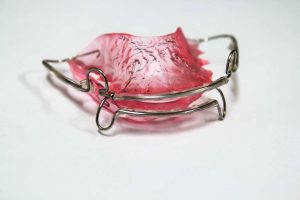
Hawley retainers consist of a plastic or acrylic base molded to fit the roof of the mouth or the tongue side of the lower teeth. They also feature a wire that wraps around the front teeth, holding them in place. Hawley retainers are adjustable and can be customized with different colors and designs.
Clear retainers (Essix retainers)

Clear or Essix retainers are made of transparent plastic and fit snugly over the teeth. They are discreet and provide a more aesthetically pleasing option than Hawley retainers. Clear retainers are removable and easy to clean.
Fixed retainers

Fixed retainers, also called bonded or lingual retainers, are thin wires bonded to the back of the teeth. Unlike removable retainers, fixed retainers are always in place, providing continuous support and ensuring the teeth do not shift. Fixed retainers require special attention during oral hygiene routines.
How long should retainers be worn?
Initial full-time wear
After completing orthodontic treatment, your orthodontist will likely recommend full-time wear of your retainers for a specified period. This ensures that the teeth stabilize in their new positions. Initially, you may need to wear the retainers throughout the day and night, removing them only during meals and oral hygiene routines.
Transition to nighttime wear
Once the initial period of full-time wear is completed, your orthodontist may advise transitioning to nighttime wear only. This means wearing the retainers while sleeping. Nighttime wear is typically recommended for an extended period to maintain the alignment of the teeth.
Long-term retention
Long-term retention is essential to prevent relapse and maintain the results of orthodontic treatment. Your orthodontist will provide guidance on how often and for how long you should wear your retainers. Consistency is key in ensuring the long-term stability of your newly aligned teeth.
Proper care and maintenance of retainers
Cleaning instructions
It is essential to follow proper cleaning instructions to keep your retainers clean and free from bacteria. You can use a soft toothbrush with mild soap or non-alcoholic mouthwash to gently brush the retainers. Avoid using hot water or abrasive cleaners that can damage the retainers. Rinse them thoroughly before placing them back in your mouth.
Handling and storing retainers
When not in use, it is essential to store your retainers properly. Place them in a protective case to avoid damage or loss. Avoid exposing them to high temperatures or leaving them within reach of pets or young children. Proper handling and storage will prolong the lifespan of your retainers.
Common challenges with retainers
Discomfort and speech difficulties
Initially, wearing retainers may cause some discomfort and affect your speech. This is normal and will gradually improve as you get used to wearing them. Practicing speaking and reading aloud can help adjust to the retainers faster. If discomfort persists or if the retainers cause sore spots, consult your orthodontist for adjustments.
Loss or damage of retainers
Retainers are delicate and can be easily lost or damaged if not correctly cared for. Always keep your retainers in their protective case when not in use. If a retainer is lost or damaged, contact your orthodontist immediately for a replacement. Delaying the replacement may result in teeth shifting back to their original positions.
Compliance issues
Consistency in wearing retainers is crucial for their effectiveness. Remembering to wear them as prescribed can be challenging, especially in the long term. Establishing a routine and setting reminders can help improve compliance. Remember that wearing retainers is an investment in maintaining the results of your orthodontic treatment.
Importance of regular retainer check-ups
Regular check-ups with your orthodontist are essential to monitor the progress of your retention phase. During these appointments, your orthodontist will evaluate the fit of your retainers, make any necessary adjustments, and address any concerns or issues you may have. These check-ups help ensure that your retainers work effectively and that your teeth remain properly aligned.
Alternatives to retainers
In some cases, there may be better options than retainers for long-term retention. Alternative options include:
Orthodontic implants
Orthodontic implants are small devices surgically placed into the jawbone to support and prevent teeth from shifting. This option suits individuals who cannot wear traditional retainers or have specific dental conditions requiring an alternative approach.
Lingual braces
Lingual braces are similar to traditional braces but are placed on the inside of the teeth, making them less visible. They provide continuous pressure to maintain the alignment of the teeth. Lingual braces can be an alternative to retainers for those who prefer a fixed orthodontic solution.
Retain Your Perfect Smile!
Retainers play a crucial role in maintaining the results achieved through orthodontic treatment. They prevent teeth from shifting back, preserve jaw alignment, and ensure a stable and functional bite. You can enjoy the long-term benefits of a beautiful and healthy smile by wearing retainers as instructed by your orthodontist, following proper care and maintenance routines, and attending regular check-ups.
Remember, consistent retainer use is vital for the success of your orthodontic treatment. Contact your orthodontist for guidance and support if you have any concerns or questions regarding your retainers.
Let us improve your smile!
“A positive self-image and self-confidence can result from proper orthodontic care.”
This belief has been our foundation for over 17 years of creating beautiful, straight, and confident smiles!
With thousands of finished cases under our belt, we are confident in our ability to provide you and your family with excellent treatment delivered with expertise and care.
Plan your smile with one of the best Orthodontists in Toronto, Ontario. Schedule a virtual care or in-office appointment with us! Let’s work together to create the best smile for you and your family.
FAQs
1. How long do I need to wear retainers after orthodontic treatment?
The duration of retainer wear varies from person to person. Your orthodontist will provide specific instructions based on your treatment plan. Generally, retainers are initially worn full-time and then transitioned to nighttime wear for an extended period.
2. Can I remove my retainers for special occasions?
While it’s best to wear retainers consistently, you can consult your orthodontist for guidance on temporarily removing them for special occasions. However, ensure that you wear them for the recommended duration to maintain the results of your orthodontic treatment.
3. How often should I clean my retainers?
You should clean your retainers daily to prevent bacteria and plaque buildup. Follow the cleaning instructions provided by your orthodontist and use a soft toothbrush with mild soap or non-alcoholic mouthwash to clean them gently.
4. What should I do if my retainers feel uncomfortable?
Some initial discomfort is normal when wearing retainers. However, if the discomfort persists or causes sore spots, contact your orthodontist for adjustments. They can ensure that your retainers fit properly and are comfortable to wear.
5. Can I replace my retainers if they are lost or damaged?
If your retainers are lost or damaged, contact your orthodontist immediately. Delaying the replacement may result in teeth shifting back to their original positions. Your orthodontist will provide you with a new set of retainers to maintain the alignment of your teeth.
Recent Posts
-
Inside the World of Orthodontists: Education, Precision, and Transformative Treatments
The Evolution of Orthodontics: A Brief Historical Overview Orthodontics, an integral branch…
-
How Orthodontists Plan a Treatment for a Beautiful Smile
Understanding the Patient's Unique Needs A positive self-image and confidence can result…
-
Unleash Your New Smile! Here's What You Need to Know Before Braces Removal
Are you excited to see your smile transformation? Taking your braces off…
-
Traits That a Good Orthodontist Should Have
Choosing an orthodontist is half your smile transformation journey. That’s why in…
-
How Braces Can Help Fix an Asymmetrical Jawline
An asymmetrical jawline can cause concern for many individuals, affecting their appearance…
-
Can Cavities Be Reversed?
Cavities are among the most common dental issues people of all ages…
-
What to Prepare During Your First Braces Appointment
Are you about to embark on your journey to a beautiful smile…
-
Taking Care of Baby Teeth: A Comprehensive Guide for Parents
Caring for our children's health is one of our most crucial responsibilities…
-
What are Brace Elastics?
If you or someone you know is undergoing orthodontic treatment with braces,…
-
Difference Between an Overjet and Overbite: A Comprehensive Guide
Two orthodontic terms that often confuse our patients are "overjet" and "overbite."…

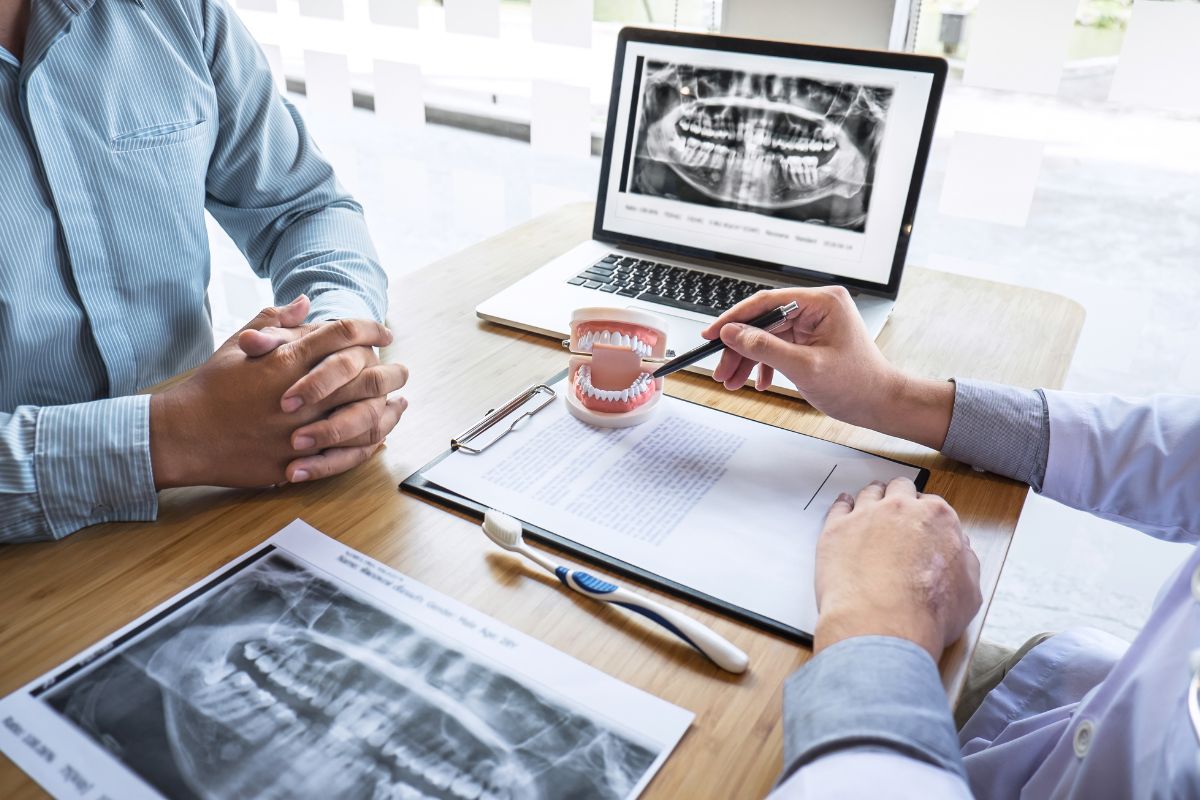
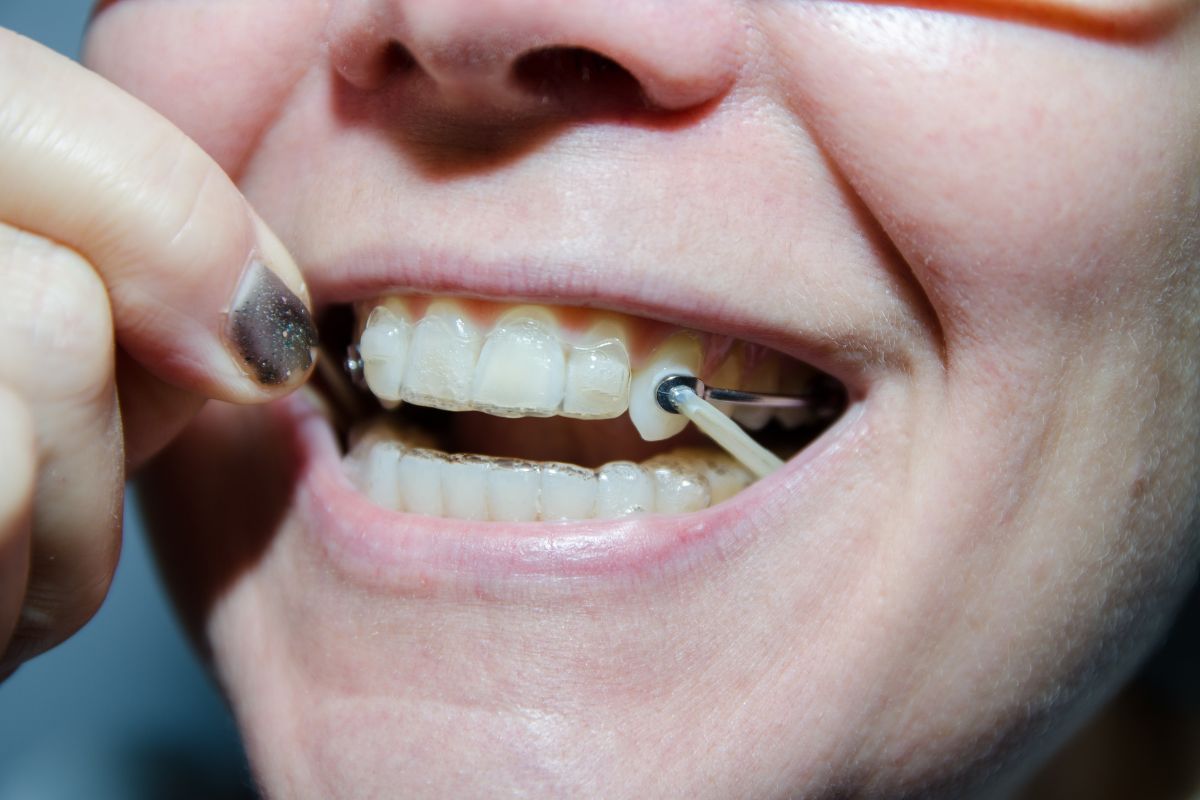



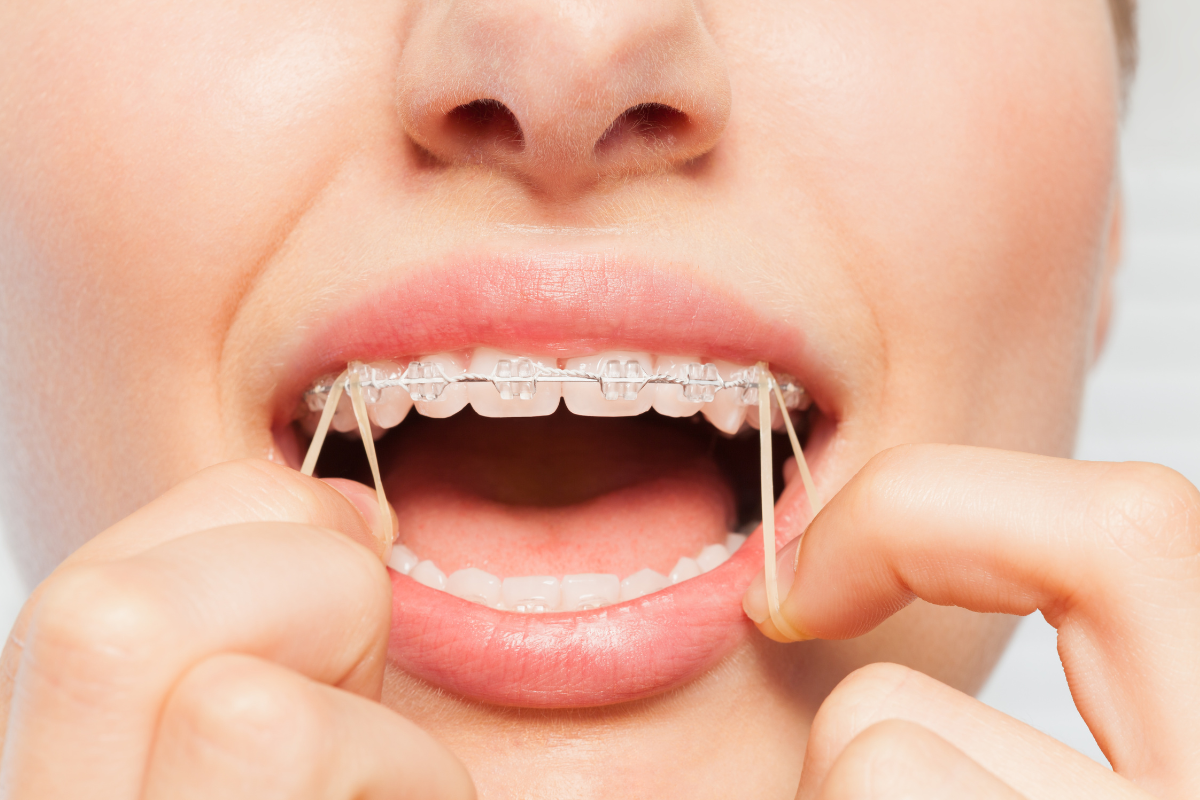
 Instagram
Instagram